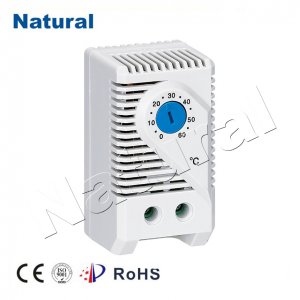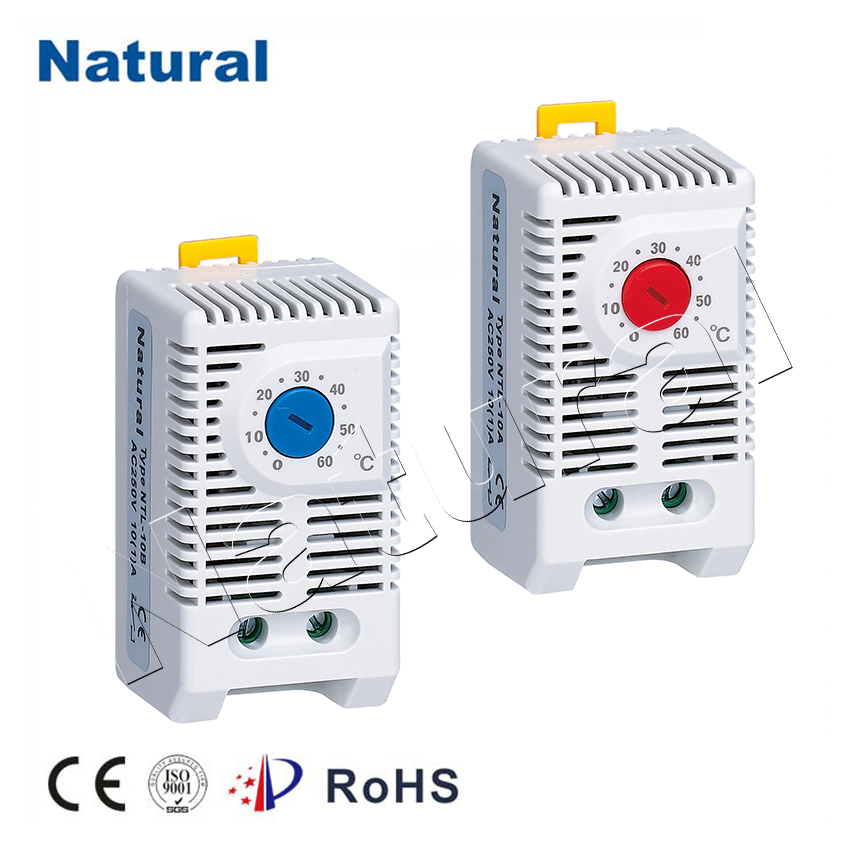An electric cabinet thermostat is a vital component in managing the temperature of electrical enclosures, ensuring that the internal environment stays within safe operating limits. These thermostats are designed to monitor and regulate the temperature inside an electrical cabinet, protecting sensitive components from the risks of overheating or freezing. The proper management of temperature within an electrical cabinet is essential for ensuring the longevity and efficient operation of electrical equipment. This article explores the functions, benefits, and applications of electric cabinet thermostats.

Functionality of Electric Cabinet Thermostats

At its core, an electric cabinet thermostat serves as a temperature regulator. It continuously monitors the internal temperature of the electrical cabinet and controls the operation of heating or cooling systems, depending on the conditions within the cabinet. This regulation ensures that the temperature stays within an optimal range, preventing potential damage to electrical components. Temperature Sensing and Control: The thermostat uses sensors to monitor the temperature inside the cabinet. When the temperature exceeds or falls below a predetermined setpoint, the thermostat activates the heating or cooling system. Some thermostats have precise control capabilities, allowing users to adjust the desired temperature settings within a specific range, usually between 0°C to 60°C.
